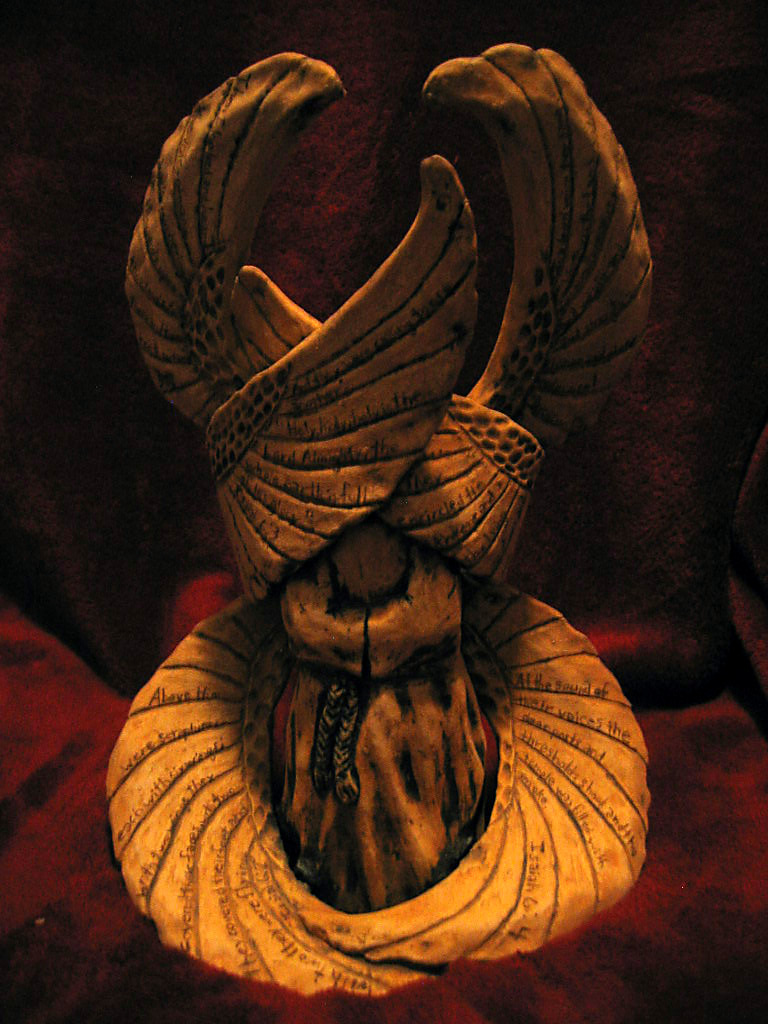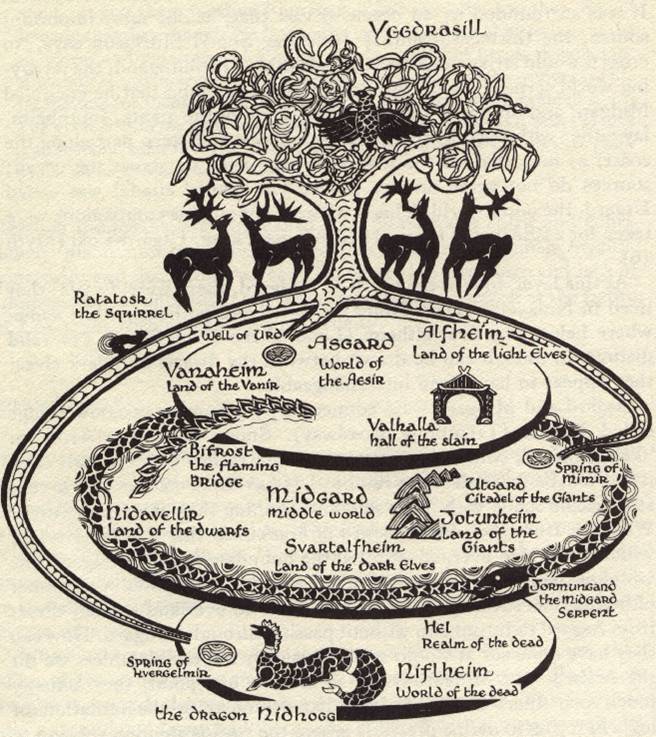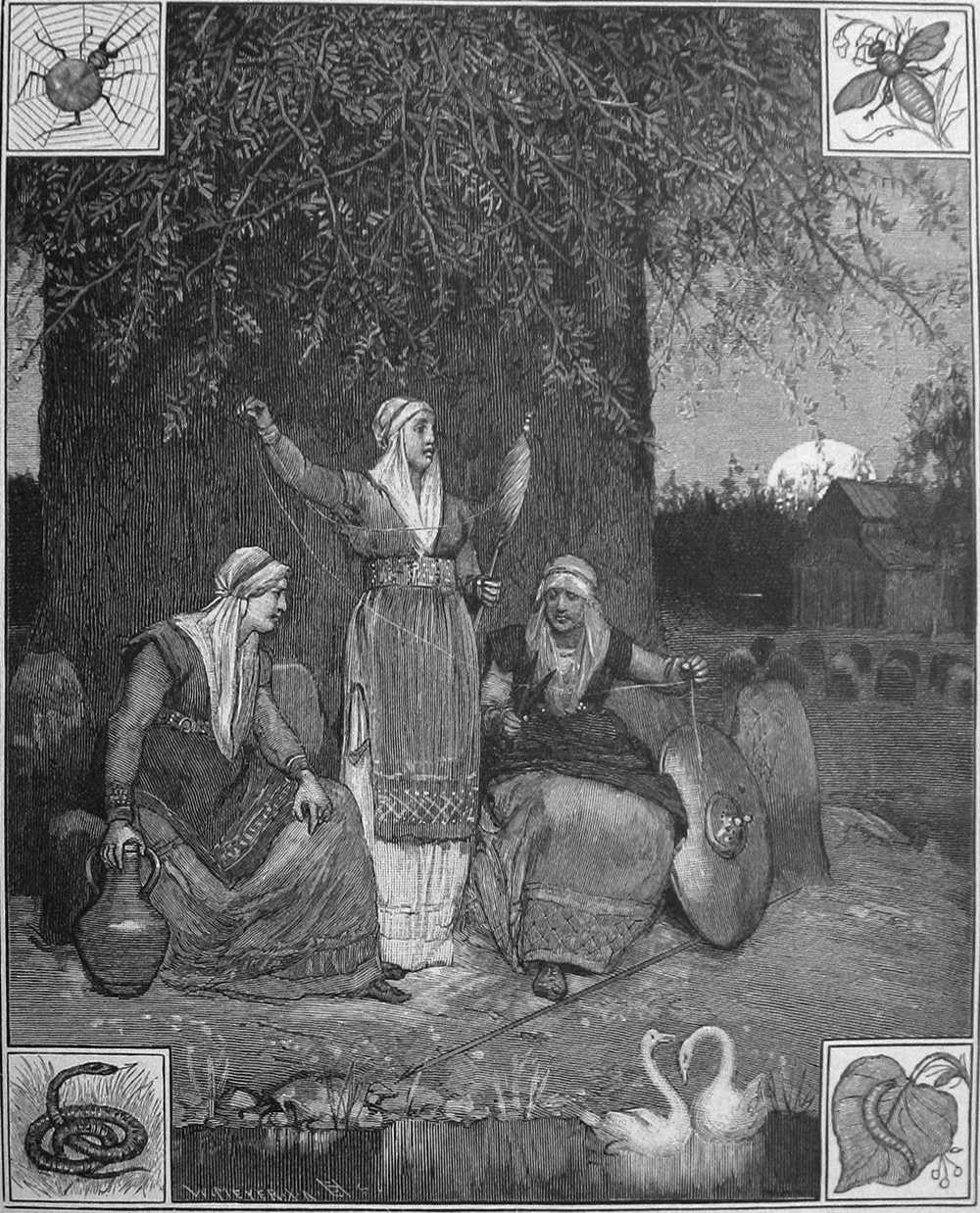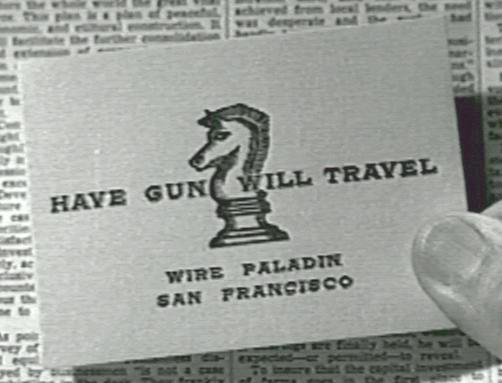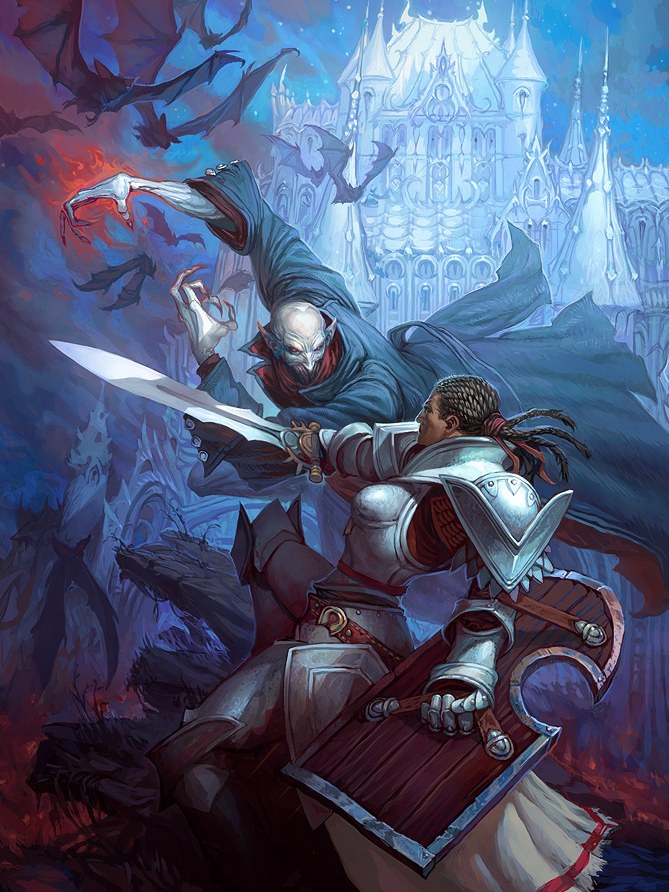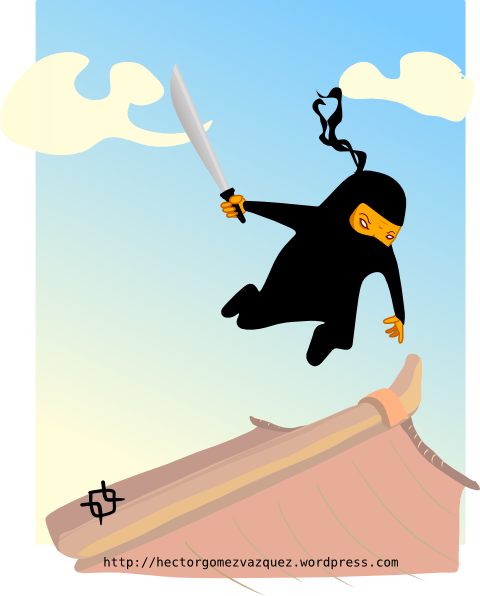 |
| Sphinx. Phoenician, 899–700 B.C. Ivory.* |
Zoomorphic entry from Merriam-Webster.
zoo·mor·phic adj \ˌzō-ə-ˈmȯr-fik\
1 : having the form of an animal
2 : of, relating to, or being a deity conceived of in animal form or with animal attributes
— zoo·morph noun
Origin of zoomorphic: International Scientific Vocabulary. First Known Use: 1872
Wikipedia notes with helpful brevity the breadth of zoomorphism's usage.
Zoomorphism is the shaping of something in animal form or terms. Examples include:
- Art that imagines humans as animals
- Art that portrays one species of animal like another species of animal
- Art that creates patterns using animal imagery, or animal style
- Animal-deities, such as exist in Egyptian mythology
- Therianthropy: the ability to shapeshift into animal form
- The tendency of viewing human behaviour in terms of the behaviour of animals, analogous to anthropomorphism, which views animal behaviour in human terms
The word derives from the Greek ζωον (zōon), meaning animal, and μορφη (morphē), meaning shape or form.
In the list above, we see many issues to attract the mythopoet and keep him or her busy for periods of time that will mystify spouses and frighten co-workers, but for today I want to exorcize a spirit that has been stuck in my craw for as long as I can remember. I mean the evil that is Chubby Angel Babies, known to the experts as putti. I loathe them. The Italian Renascence (IR) generally brought us many good gifts, but unfortunately, the putti, who by some evil asexual reproduction reached disturbingly high numbers during the Mannerist and Baroque periods to follow, and were not stamped out by Neo-classicism by any means, is among its most enduring and ubiquitous. In the Neo-Gothic Apocalypse that I pray for, they will be remembered only in nightmares and perhaps bad horror movies.
Note that I am using the word "angel" in its popular usage to cover "all heavenly servants of God." They are popularly pictured today as humans with wings. Even such angels and putti are, strictly speaking, zoomorphic: they have bird-wings. But I do not think that angels are ever described as appearing like anything other than "men" in the Bible when the term "angel" is explicitly used. Further, the two kinds of angels I am discussing today, Cherubim and Seraphim, are never called angels in the Bible. They are called "living creatures." (And yes, in the Septuagint or Greek OT, zōōn is the word for living creature.) But whereas winged humans are okay, and winged babies or baby heads (eww!) are terrible, winged composite creatures are awesome. Let this be our guiding principle: More Zoomorphic = More Better.
Cherub (s), Cherubim (pl)
Instead of the revolting little rosy-cheeked, bare-bummed cupids that the God of the IR employed, imagine being confronted with a sphinx or a shedu. The God of the OT is a kick-ass deity who means business. This God is not saying, "Burp my messenger," but "The playing field is not level; watch your step." Or "Danger: God at Work Ahead." Given the archaeological record in which Egyptian-style sphinxes were popularized from Judah and Samaria (Israel) to Assyria by Phoenician and Syrian ivory artists on furniture and household items, the use of an Assyrian cognate of "cherubim" to refer to the category of representations to which the shedu belonged, and the descriptions given in the book of the prophet Ezekiel, scholarship seems pretty unanimous in offering images like the sphinx and the shedu as confidently close to the ancient Hebrew imagination of the cherub. (And if you have never read Ezekiel, by all means, correct that ASAP!)
Even when the Greeks make the head a woman's and add breasts and shrink the sphinx down in size, it's just a devious strategy of distraction. Putti are going to shoot you with nerf arrows and giggle and moon you. Cherubim are going to tear you up.
 |
| Gustave Moreau's Sphinx |
Seraph (s), Seraphim (pl)
Literally, "the fiery ones," it is difficult to know whether the ancient Hebrews imagined them as being flaming figures or whether they envisioned them to be like poisonous serpents. (In the Hebrew Bible, poisonous snakes are regularly referred to as "fiery," likely due to the burning sensation of poison.) They are described as being six-winged. They are in God's presence in Isaiah 6, flying with one set of wings, and of the other two sets using one to cover their faces and the other to cover their feet (which may in Hebrew indicate their feet, but could also be used euphemistically to refer to their private parts.) So only their bodies are showing, but we get not description of those bodies other than the their multi-wingedness and the possible hints of flame and serpent. Their covering of their faces and their angelic privates indicate humility before YHWH, whom they are praising. They deal in purifying fire.
Being the kind of mythopoet that I am, my tendency is to decide that indications call for both fire and scale, on the More Better principle invoked above. it is ashamed that it is so difficult to find interesting images of seraphim online. Early Christian and Byzantine iconographers felt the difficulty, and while giving us the six wings in red, they contravene their own source material and give us the face uncovered. Below is a modern example that gets this detail right, but follows the contemporary trend of imagining angels to dress like ancient Israelites or monks. We need flames and scales, people!
The above source material gives us the bases upon which to mythopoeisize. Noting that in medieval tradition, they are strongly identified with love (caritas), we can make a connection with the covering of the "feet." No wonder they are covering up -- their impressive equipment is not meant for human eyes! Hey, let's also give them a gaze attack: they've beheld glory in heaven that they've assimilated through their gaze. If they uncovered their faces, the radiance would have unfortunate consequences for frail mortals. They carry tongs (a pair of arms hidden underneath the middle set of wings?) that hold a coal of purifying fire from the heavenly altar. Also in the medieval tradition, they are of a higher rank than cherubim (obviously a higher hit dice/CR monster, for the gamers among us).
I hope today's post offers some inspiration and initial ideas for zoomorphic angels in your world-building. I also hope that the next time you think of biblical angels (broadly speaking), you see that many of them fit better among Tibetan angry gods or gargoyles than they do with the contemporary images of angels. How much better angel art could be if it saw them as God's monsters, ready to kick evil's ass, than the insipid new age angel images that has been so popular for the past decade or the putti of Western art. If those are the choices, then I'd rather just forget such pseudo-angelic banality and look at this:
 |
| A Victoria's Secret Angel |
* See also http://www.artbible.net/1T/Exo0101_Slaves_InEgypt/pages/09%20IVORY%20ACROPOLIS%20IVORY%20SPHINX.htm.



